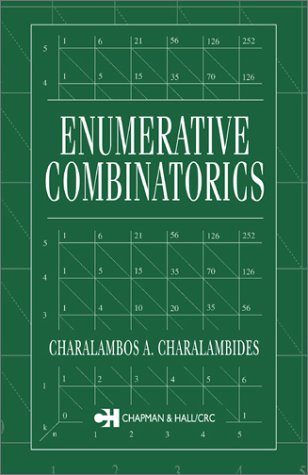

Most ebook files are in PDF format, so you can easily read them using various software such as Foxit Reader or directly on the Google Chrome browser.
Some ebook files are released by publishers in other formats such as .awz, .mobi, .epub, .fb2, etc. You may need to install specific software to read these formats on mobile/PC, such as Calibre.
Please read the tutorial at this link: https://ebookbell.com/faq
We offer FREE conversion to the popular formats you request; however, this may take some time. Therefore, right after payment, please email us, and we will try to provide the service as quickly as possible.
For some exceptional file formats or broken links (if any), please refrain from opening any disputes. Instead, email us first, and we will try to assist within a maximum of 6 hours.
EbookBell Team

0.0
0 reviewsChapters: • Basic counting principles • Permutations and combinations • Factorials, binomial and multinomial coefficients • The principle of inclusion and exclusion • Permutations with fixed points and successions • Generating functions • • Recurrence relations • Stirling numbers • Distributions and occupancy • Partitions of integers • Partition polynomials • Cycles of permutations • Equivalence classes • Runs of permutations and Eulerian numbers • Hints and answers to exercises • Bibliography • Index
Enumerative Combinatorics presents elaborate and systematic coverage of the theory of enumeration. The first seven chapters provide the necessary background, including basic counting principles and techniques, elementary enumerative topics, and an extended presentation of generating functions and recurrence relations. The remaining seven chapters focus on more advanced topics, including, Stirling numbers, partitions of integers, partition polynomials, Eulerian numbers and Polya's counting theorem.
Extensively classroom tested, this text was designed for introductory- and intermediate-level courses in enumerative combinatorics, but the far-reaching applications of the subject also make the book useful to those in operational research, the physical and social science, and anyone who uses combinatorial methods. Remarks, discussions, tables, and numerous examples support the text, and a wealth of exercises-with hints and answers provided in an appendix ‒ further illustrate the subject's concepts, theorems, and applications.